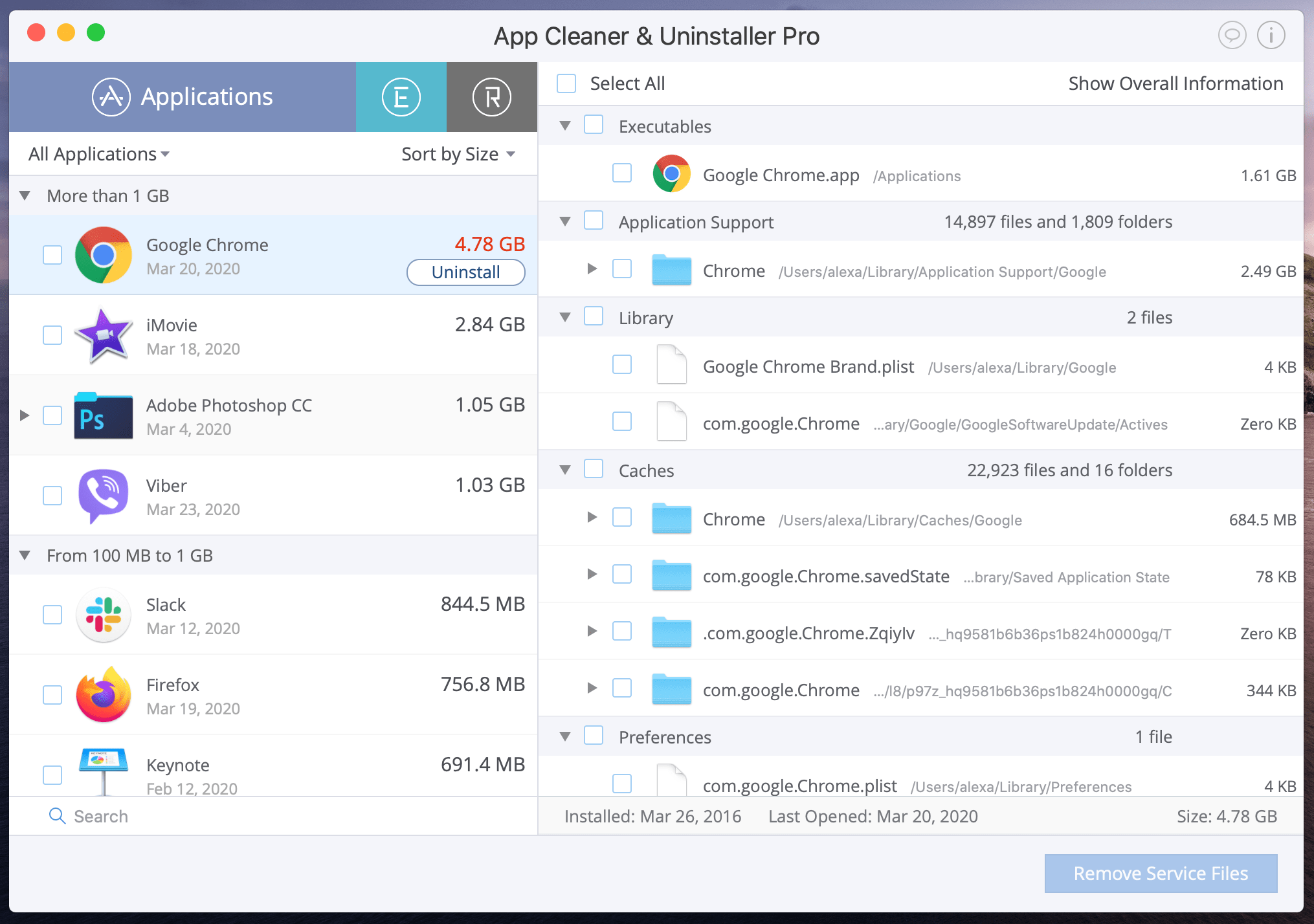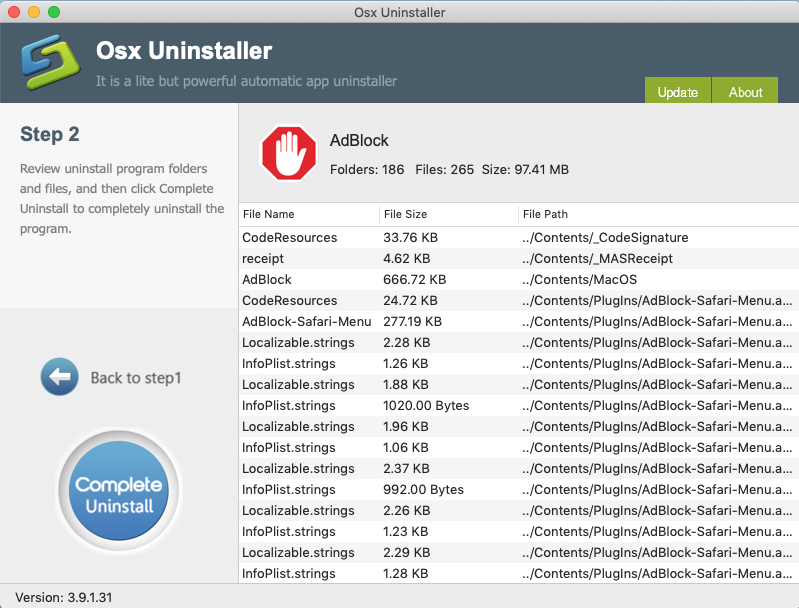

#Uninstall apple safari install#
Many developers use other developers software, like Pace for copy protection or Soundflower for a audio driver, when they install their software, thus the appdelete type software misses these files installed in the OS X kernel which then later get outdated or have security issues that are not fixed as the parent program is missing that does the updates. Accidents occur as users of these type programs delete other files or not get all parts installed by the developer. So as a result many of these appdelete type programs rely upon using a search feature and hoping the developer tagged their files with a name to locate files, which is not always the case. It is not advised to use "appdelete" type programs for the fact that there are hundreds of thousands of programs/apps and developers changing them all the time, thus it's almost impossible to keep up with all the changes. The Downloads folder is not a storage place, rather if you wish to keep a installer, place it someplace else in your User folders, like creating a folder called "Installers" or "Downloaded PDFs" and keeping them in your Utilities or Documents folders in your Home directory.Ĭoncerning appdelete/appremoval type software
#Uninstall apple safari download#
It is not advised to keep downloaded programs in the Downloads folder, rather to keep this clear at all times except during a known active download as to be wary of bad websites that will cause a "driveby download" hoping one will click or run to infect their machine. Since "self contained" programs or apps can be run from just about anywhere they are placed, like in User Account folders so only that User can run them, however for global use amongst all User Accounts on the machine and in most cases of installers, they are stored in the Applications and/or Applications > Utilities folder. These types of programs are what we call "self contained" meaning everything it pretty much requires is inside the Application icon which is really a hidden folder called a "package". If the developer then says it's perfectly fine to drag the application icon located in the Applications or Applications > Utilities folder to the Trash, then you can do that.

If one simply only drags the application icon they see in their Applications or Utilities folder to the Trash, what happens is these leftover parts in OS X itself don't get updated for compatibility with later OS X updates and/or might cause a security or stability issue later on which the machine will boot to a "Gray Screen Issue" and remain stuck. It might have placed "hooks" into the OS X kernel called kext files that load when OS X boots up or in other locations that require a uninstaller to use root level power to uninstall correctly.
#Uninstall apple safari update#
It's possible that the updates released to beta users were simply testing the update mechanism rather than applying meaningful security patches.The best way is to contact the developers site for uninstall instructions, especially if the software required you to enter your Admin password to install. Available for iOS and iPadOS devices running version 16.4.1 or Macs running version 13.3.1, the update adds an (a) to your OS version to denote that it's been installed.Īt this point, it's unclear whether Apple intends to release more information about the specific bugs patched by this Security Response update the support page linked to in the update is just a general description of Rapid Security Response updates and how they work, and Apple's Security Updates page hasn't been updated with more information as of this writing.Īpple has released several Rapid Security Response updates to iOS and macOS beta users before now, including during iOS 16.4's beta phase, but it has never released one to the public until today. Nearly a year after that WWDC and more than seven months after releasing iOS 16 in September, Apple has finally issued a Rapid Security Response update. When it announced iOS 16, iPadOS 16, and macOS Ventura at its Worldwide Developers Conference last summer, one of the features Apple introduced was something called "Rapid Security Response." The feature is meant to enable quicker and more frequent security patches for Apple's newest operating systems, especially for WebKit-related flaws that affect Safari and other apps that use Apple's built-in browser engine.


 0 kommentar(er)
0 kommentar(er)
